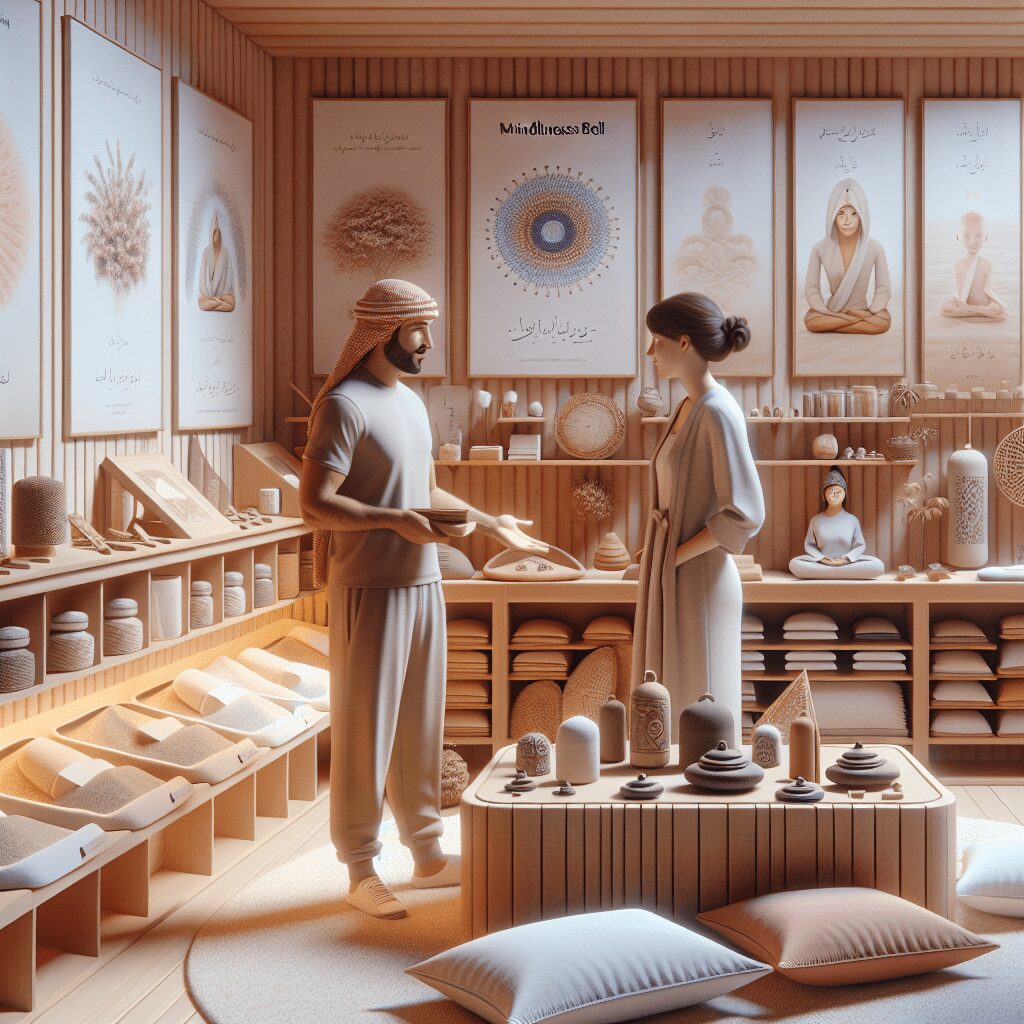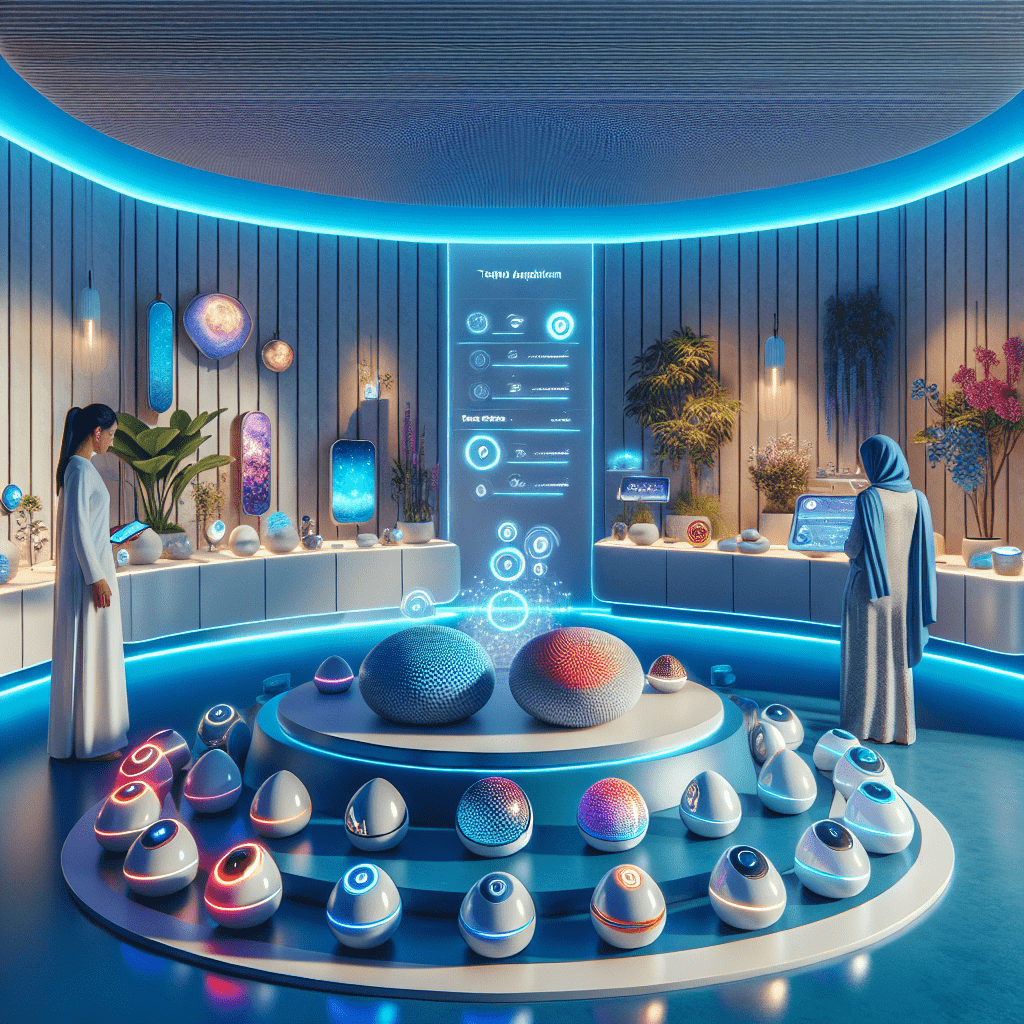
Prioritize your mental well-being daily. Enhance your life by nurturing your mental health with the Smart Meditation app. Break free from stress, alleviate anxiety, and enhance your sleep quality starting today.
How To See During Meditation?
Unveiling the Mysteries of Inner Vision in Meditation
Embarking on a meditation journey can be akin to setting sail into the vast, uncharted territories of one’s mind. As we begin to navigate these internal waters, a common curiosity often emerges: How do we “see” during meditation? This question isn’t about the physical act of seeing with our eyes, but rather, about understanding and enhancing the vivid inner experiences and insights that can surface in the depths of our meditative practice.
The Art of Observing Without Seeing
To unravel this intriguing aspect, it’s crucial to acknowledge that meditation, in its core essence, encourages a profound connection with our inner selves, transcending the conventional use of our senses. “Seeing” in meditation doesn’t always involve visual phenomena; rather, it’s about developing an acute awareness of whatever arises in the mind’s eye, without the filters of judgment or expectation. Here’s how one might cultivate this inner vision:
-
Embrace the Darkness: Initially, when you close your eyes to meditate, the literal darkness you encounter is a blank canvas for your mind. Don’t rush to paint it with forced images or expect vibrant visuals to emerge. Simplicity, in the beginning, is key.
-
Patience is a Virtue: Like a photographer waiting for the perfect light, patience is indispensable. Inner visions or insights often surface unexpectedly and cannot be rushed. Your role? Be the observer, ready to capture the fleeting moments of clarity or imagery without attachment.
-
Sharpen Your Focus: Imagine your concentration as a lens; adjusting its focus sharpens the clarity of your inner vision. Techniques such as Trataka (steady gazing) or visualization exercises can enhance your ability to maintain focus, thereby enriching the quality of your meditative experiences.
-
Dive Into Sensory Exploration: While visual cues are sparse, the landscape of your inner world is enriched with textures, sounds, and sensations. Delving into these aspects deepens your meditation, as it’s not just about what you see but how vividly you can experience sensations without external stimuli.
-
Journaling – Your Map to Inner Landscapes: Post-meditation, jotting down your experiences can be enlightening. This practice not only serves as a log of your journey but also helps in discerning patterns or recurring themes that might be emerging from your subconscious.
The Path to Insight: Beyond the Visual
In the grand scheme, meditation is less about the visual spectacle and more about insight. It’s a process through which we cultivate a deeper understanding of our minds, our thoughts, and the transient nature of our experiences. The emphasis is on awareness – being fully present with whatever manifests, be it a profound image or a subtle shift in perception.
Remember, each meditative journey is unique. Comparing one’s experiences with those of others might be tempting but remember, it’s like comparing the beauty of different sunsets. Sure, they share the same sky, but each dazzles in its own incomparable way.
So, as you venture inward, let curiosity be your compass and patience your guiding star. The art of “seeing” during meditation is, at its heart, a personal voyage of discovery. And who knows? What you find might just surprise you.





